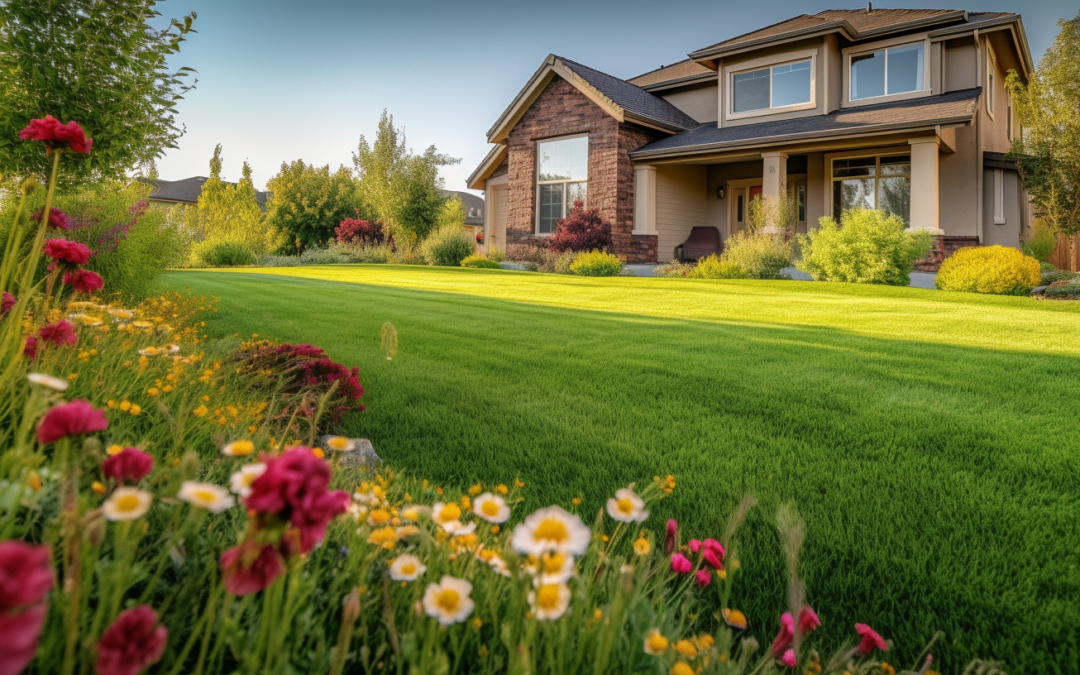How to Have the Perfect Lawn: A Guide to Achieving a Lush and Healthy Yard
Introduction
Having a perfect lawn is the dream of many homeowners. A lush and healthy yard not only enhances the aesthetic appeal of your property but also provides a pleasant outdoor space for relaxation and recreation. Achieving the perfect lawn requires proper care, maintenance, and some basic knowledge of lawn care techniques. In this guide, we will explore some essential steps to help you create and maintain the lawn of your dreams.
Step 1: Soil Preparation
Having fertile soil is a crucial foundation for a perfect lawn. Start by testing the pH level of your soil using a DIY soil test kit or by consulting a professional. If the pH is too high or too low, it can negatively affect the growth of grass. Adjusting the pH level using lime or sulfur can help create a more suitable environment for your grass to thrive. Aerating your lawn by removing small plugs of soil also encourages healthy root development and improves soil drainage.
Step 2: Grass Selection
Choosing the right type of grass for your lawn is essential. Different grass species thrive in different climates and environmental conditions. Research the grass varieties that are well-suited to your region’s climate and consider factors such as shade tolerance, foot traffic, and water requirements. Some popular grass types include Bermuda grass, Zoysia grass, Kentucky bluegrass, and Fescue. Selecting the right grass for your lawn will greatly contribute to its overall health and appearance.
Step 3: Seeding or Sodding
Once you have selected the appropriate grass variety, you have two options for establishing it in your lawn: seeding or sodding. Seeding is a more cost-effective method but requires careful preparation and regular watering until the grass reaches maturity. Sodding, on the other hand, provides an instant lawn but can be more expensive. Whichever method you choose, make sure to follow the recommended guidelines for proper installation and maintenance.
Step 4: Watering
Proper watering is key to maintaining a healthy and vibrant lawn. Water your lawn deeply and infrequently, preferably in the early morning or late afternoon, to minimize evaporation. Overwatering can result in shallow root growth and make your lawn vulnerable to diseases, while underwatering can cause stress and brown patches. Aim to provide about 1 inch of water per week, either through rainfall or irrigation.
Step 5: Mowing
Regular mowing not only keeps your lawn looking neat but also promotes healthier grass growth. Set your mower at the appropriate height for your grass type, usually between 2 to 3 inches. Avoid cutting more than one-third of the grass blade’s height at a time to prevent stressing the grass. Be sure to keep your mower blades sharp, as dull blades can tear the grass, leading to a ragged appearance and potential diseases.
Step 6: Fertilizing
Applying fertilizer provides your lawn with the essential nutrients it needs for optimal growth. Use a slow-release or controlled-release fertilizer to ensure a steady supply of nutrients over a more extended period. Follow the recommended application rates and timings for your specific grass type. Too much fertilizer can burn the grass, while insufficient amounts can result in nutrient deficiencies. Applying fertilizer in spring and fall is generally beneficial for most lawns.
Step 7: Weed Control
Weeds can quickly invade and ruin the appearance of your lawn. Implementing an effective weed control strategy is crucial for maintaining a perfect lawn. Regularly inspect your lawn for weeds and remove them manually or use herbicides specifically formulated for your grass type. Pre-emergent herbicides can help prevent weed seeds from germinating, while post-emergent herbicides target actively growing weeds. Be cautious when using herbicides and follow the instructions carefully to minimize potential harm to your grass.
Conclusion
Achieving the perfect lawn requires dedication, time, and attention to detail. By following the steps outlined in this guide – from soil preparation and grass selection to proper watering, mowing, fertilizing, and weed control – you can create a healthy, vibrant, and beautiful lawn that will be the envy of your neighbors. Remember, a perfect lawn is a continuous journey, so consistent care and maintenance are key to enjoying long-term success.

